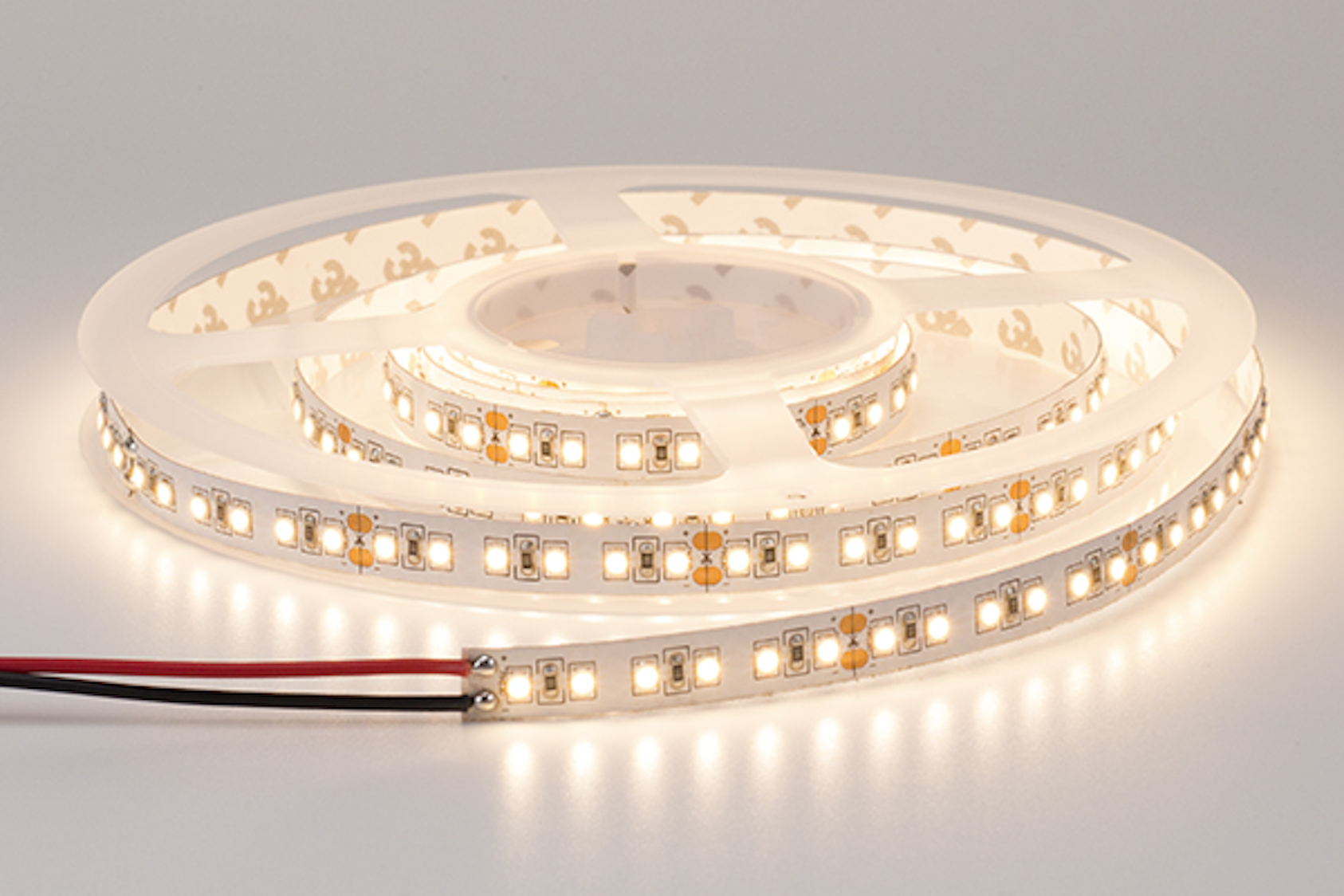indoor led lighting

Indoor LED lighting refers to the utilization of LED (Light Emitting Diode) technology for illuminating the interior areas of properties, places of work, business buildings, and various indoor environments. LED lighting has gained widespread reputation for indoor functions due to its energy effectivity, longevity, versatility, and quality of sunshine. Here are some key issues and benefits of indoor LED lighting:
Benefits of Indoor LED Lighting:
Energy Efficiency:
LED lights are highly energy-efficient, consuming significantly much less electrical energy in comparability with traditional incandescent and fluorescent lights. This results in lower vitality payments and reduced environmental impression.
Longevity:
LED lights have an exceptionally long lifespan, usually lasting 25,000 to 50,000 hours or extra. This reduces the need for frequent replacements, saving both money and time.
Instant Lighting:
LEDs present immediate illumination when turned on, with no warm-up time required. They reach full brightness immediately, making them suitable for applications the place instant lighting is needed.
http://b3.zcubes.com/v.aspx?mid=12516157 :
LEDs emit very little warmth in comparability with incandescent and halogen bulbs. This makes them safer to use, especially in enclosed fixtures, and reduces the load on air conditioning techniques.
Dimmability:
Many LED fixtures and bulbs are dimmable, allowing users to regulate the brightness to create the specified ambiance and save additional power when full brightness just isn't wanted.
Color Temperature Options:
LEDs can be found in varied color temperatures, from warm white (providing a comfortable, yellowish light) to chill white (offering a bright, bluish-white light). This versatility allows customers to pick lighting that suits their preferences and desires.
Color Rendering Index (CRI):
LEDs can obtain high CRI values, which suggests they accurately render colours compared to natural daylight. This is essential for functions the place shade accuracy is crucial, such as in artwork galleries, retail settings, and makeup areas.

Low UV Emissions:
LEDs emit minimal ultraviolet (UV) and infrared (IR) radiation, lowering the danger of injury to delicate materials, fabrics, and artwork.
Versatility:
LEDs are available a selection of fixtures, including recessed downlights, track lights, pendant lights, strip lights, and more. This permits for flexibility in designing and customizing indoor lighting schemes.
Smart Lighting Integration:
Many indoor LED lighting techniques could be built-in into smart home or constructing automation techniques. This enables distant management, scheduling, and customization of lighting to meet specific wants and preferences.
Task Lighting and Accent Lighting:
LEDs are perfect for process lighting in kitchens, places of work, and workspaces, offering targeted illumination. They are additionally used for accent lighting to focus on architectural options, art work, or ornamental parts.
Environmental Benefits:
LED lighting contributes to vitality conservation and decreased greenhouse gas emissions because of its low energy consumption and long lifespan. led spots contains no hazardous materials like mercury, which is found in another types of lighting.
Indoor LED lighting has revolutionized inside lighting design, offering energy-efficient and versatile solutions for a variety of residential and industrial functions. When selecting indoor LED lighting, consider elements such because the supposed objective, desired ambiance, color temperature, and CRI to create a well-lit and cozy indoor setting..
